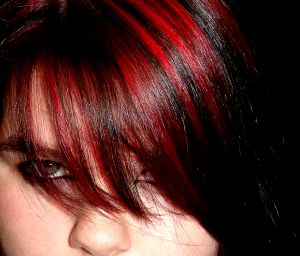The Trademark Trial and Appeal Board (TTAB) recently answered this question on January 2, 2014, in the case of Blast Blow Dry Bar LLC v. Blown away LLC d/b/a Blast Blow Dry Bar, Opposition No. 91204769 (January 2, 2014). The applicant is a hair salon located in Minnesota marketing its services under the trademark BLAST BLOW DRY BAR for hair care services. The opposer is located in Texas, and is using the mark BLAST BLOW DRY for hair salon services that include wash and blow-dry services. The Board held that the trademarks were highly similar. The only difference was a diacritic circle and the disclaimed word “bar”. Apparently, the applicant did not conduct its due diligence. It is critical to conduct a clearance search prior to filing a trademark application so that you can avoid encountering similar marks for identical services during your trademark prosecution.
The Board concluded that the services were essentially identical. Therefore, it held that there was a likelihood of confusion between the trademarks. Since the issue of likelihood of confusion was determined, the case turned into a question of priority. To resolve this issue, one party must demonstrate they used the mark in commerce before the other party, thereby entitling that party to register the trademark at the United States Patent & Trademark Office (USPTO). The legal definition of “use is commerce” will be discussed as well as what types of action rise to this level.
 To establish priority a party can rely on their trademark registration, trademark filing date, trade name use, trademark or service mark use, use equivalent to service mark or trademark mark use, or demonstrate another use that rises to this level. The opposer pleaded rights based on use and use tantamount to service mark use. For a service mark to be legally used in commerce, it must be used in advertising or in the sale of the services and the services must be rendered. The opposer used its trademark in advertising and specifically on a banner as early as December 5, 2011. The opposer also attended a party as a promotional effort and styled several guests’ hair while distributing marketing brochures. However, the hair styling services were rendered as a courtesy and the opposer was never paid for such services. The TTAB held that this was sufficient for use in commerce under the Trademark Act. See 15 U.S.C. §1127 for the legal definition of commerce.
To establish priority a party can rely on their trademark registration, trademark filing date, trade name use, trademark or service mark use, use equivalent to service mark or trademark mark use, or demonstrate another use that rises to this level. The opposer pleaded rights based on use and use tantamount to service mark use. For a service mark to be legally used in commerce, it must be used in advertising or in the sale of the services and the services must be rendered. The opposer used its trademark in advertising and specifically on a banner as early as December 5, 2011. The opposer also attended a party as a promotional effort and styled several guests’ hair while distributing marketing brochures. However, the hair styling services were rendered as a courtesy and the opposer was never paid for such services. The TTAB held that this was sufficient for use in commerce under the Trademark Act. See 15 U.S.C. §1127 for the legal definition of commerce.
 New York Trademark Attorney Blog
New York Trademark Attorney Blog

